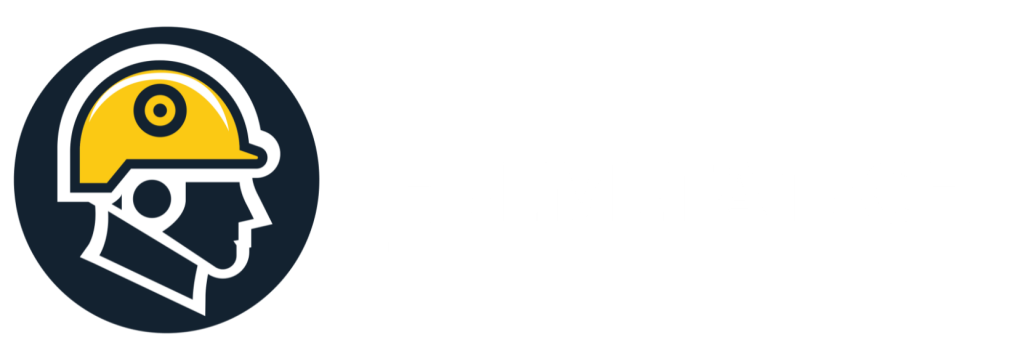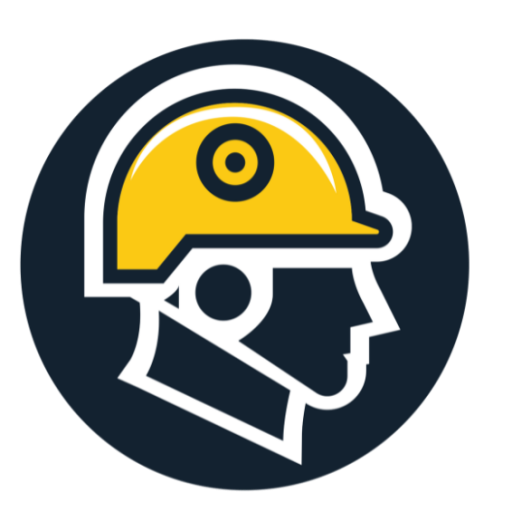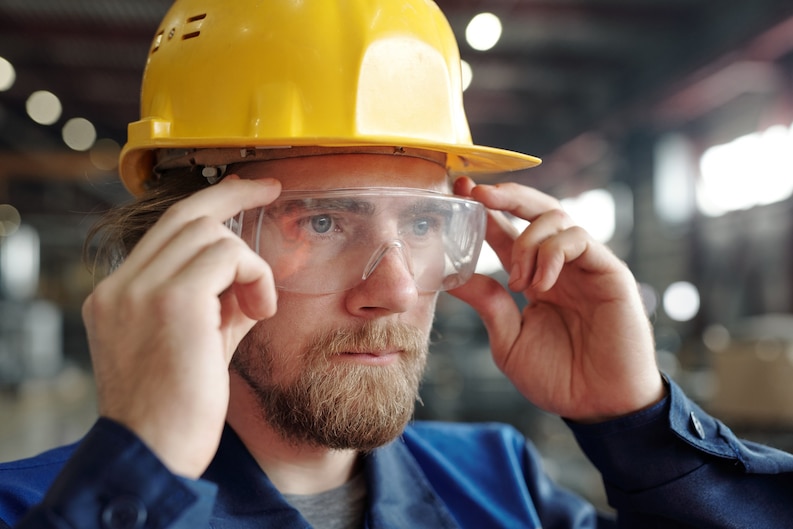Introduction:
In the fast-paced world of technology, innovation continues to reshape various industries, and construction and mining are no exceptions. The integration of smart technology has paved the way for increased safety and efficiency in these demanding work environments. One remarkable development in this regard is the advent of smart helmets designed specifically for construction sites and mines. In this blog post, we’ll delve into the features, benefits, and the transformative impact of these intelligent headgear solutions.
The Evolution of Helmets:
Traditional helmets have long been a staple in construction and mining, serving as a fundamental safety measure to protect workers from falling objects and head injuries. However, with the emergence of smart technologies, the humble helmet has undergone a remarkable transformation, becoming a sophisticated piece of equipment that goes beyond mere protection.
Features of Smart Helmets:
1. Augmented Reality (AR) Displays:
Smart helmets are equipped with AR displays that provide workers with real-time information. This includes blueprints, project timelines, and safety guidelines, all projected directly onto the helmet’s visor. This hands-free approach enhances worker productivity and reduces the need for carrying physical documents.
2. Integrated Communication Systems:
Communication is key in construction and mining sites, where coordination among team members is crucial. Smart helmets often come with built-in communication systems that allow for seamless interaction between workers. This not only improves efficiency but also contributes to a safer working environment.
3. Advanced Safety Sensors:
Traditional helmets offer basic protection, but smart helmets take safety to a whole new level with integrated sensors. These sensors can detect hazardous gases, excessive heat, or other potential dangers, alerting the wearer in real-time. This proactive approach significantly reduces the risk of accidents and enhances overall site safety.
4. GPS Tracking:
For large construction sites or mines, keeping track of workers’ locations is essential. Smart helmets with GPS tracking capabilities enable supervisors to monitor the whereabouts of each team member, ensuring better coordination and response in case of emergencies.
5. Health Monitoring:
Construction and mining are physically demanding occupations. Smart helmets can monitor vital signs such as heart rate and body temperature, providing insights into the well-being of workers. Early detection of fatigue or health issues allows for timely intervention, promoting worker health and preventing accidents.
Benefits of Smart Helmets:
1. Enhanced Safety:
The primary objective of any safety measure is to protect workers, and smart helmets excel in this regard. The combination of real-time data, safety sensors, and communication systems significantly reduces the likelihood of accidents and injuries.
2. Improved Productivity:
Smart helmets streamline workflows by providing quick access to essential information. This eliminates the need for workers to constantly refer to paper documents or handheld devices, allowing them to focus on their tasks and complete them more efficiently.
3. Cost Savings:
While the initial investment in smart helmets may seem substantial, the long-term benefits outweigh the costs. Reduced accident rates, increased productivity, and efficient communication contribute to overall cost savings for construction and mining companies.
4. Compliance and Documentation:
Smart helmets facilitate better compliance with safety regulations by providing a digital platform for documenting safety protocols and training materials. This not only ensures adherence to industry standards but also simplifies the auditing process.
Conclusion:
The integration of smart helmets in construction sites and mines marks a significant leap forward in workplace safety and efficiency. The combination of augmented reality, communication systems, safety sensors, and health monitoring transforms traditional helmets into intelligent tools that empower workers and enhance overall project outcomes. As technology continues to advance, the evolution of smart helmets serves as a testament to the ongoing commitment to creating safer and more productive work environments in the construction and mining industries.




